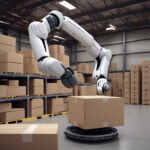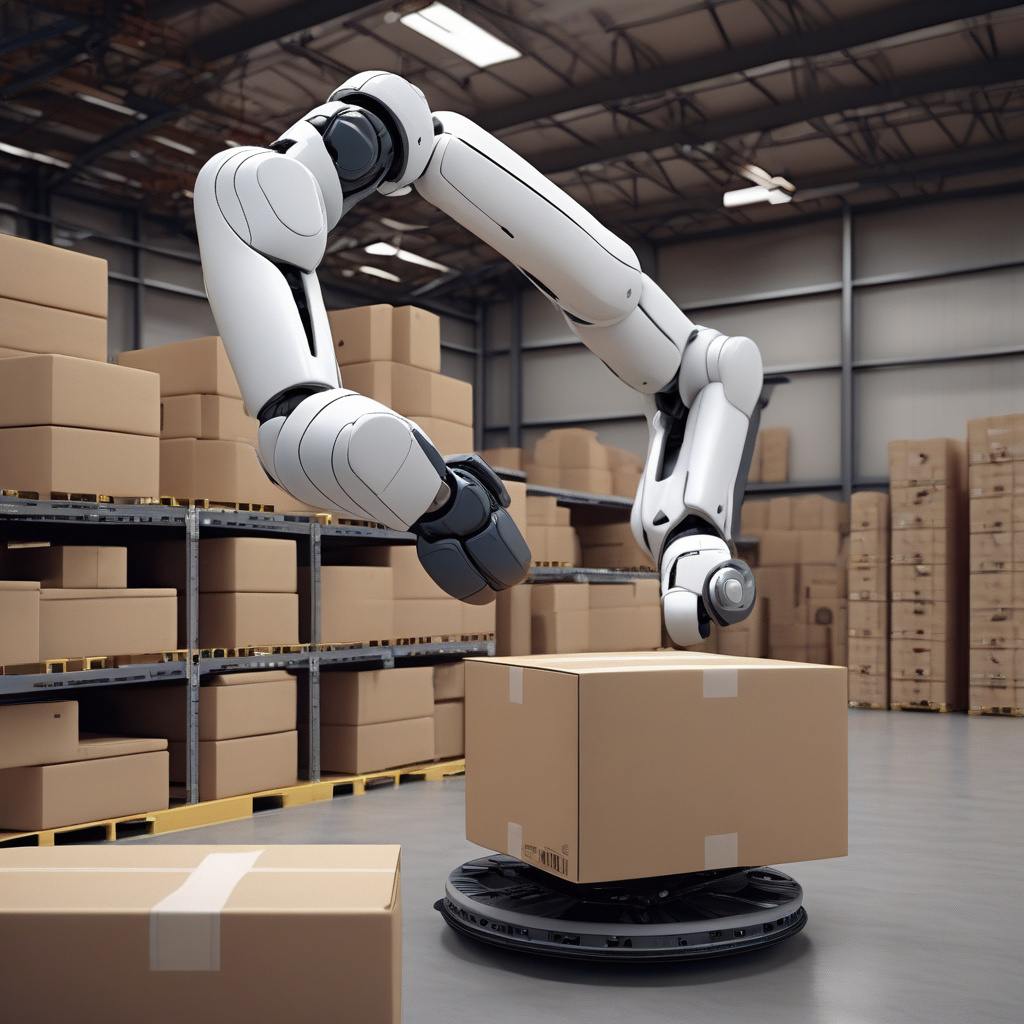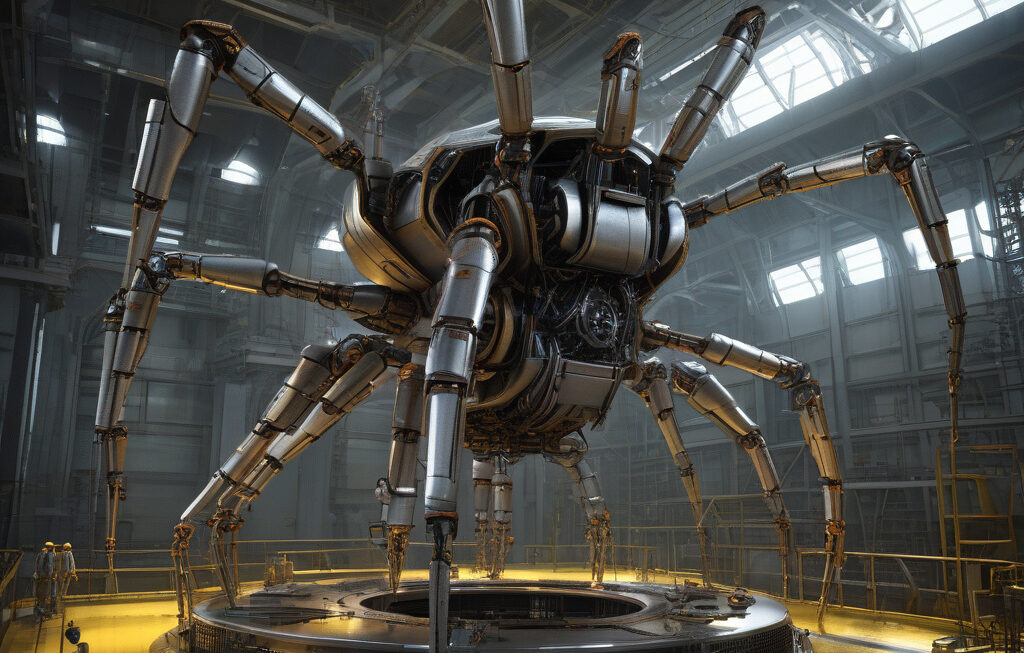Soft Robotic Elbow Cuts Muscle Activity by 22%, Eases Fatigue in Repetitive Lifting Jobs
For millions of factory and warehouse workers, the smallest lift can lead to the biggest strain. The physical toll of repetitive tasks like lifting, carrying, and moving objects can result in musculoskeletal disorders and chronic fatigue. However, a groundbreaking innovation in the field of robotics is offering a solution that could revolutionize the way we approach manual labor.
A recent study published in the Science Robotics journal revealed the development of a soft robotic elbow that has the potential to reduce muscle activity by an impressive 22%. This innovative technology aims to alleviate the strain on workers who are required to perform repetitive lifting tasks as part of their daily job responsibilities.
Traditional robotic exoskeletons have been in use for some time, primarily in industries where heavy lifting is common. However, these exoskeletons are often bulky, rigid, and cumbersome, limiting the natural range of motion and flexibility of the human body. In contrast, soft robotics offer a more lightweight and flexible alternative that seamlessly integrates with the user’s movements.
The soft robotic elbow works by providing assistance during the lifting motion, thereby reducing the amount of muscle activity required from the user. This not only decreases the risk of strain and fatigue but also enhances overall productivity and efficiency in the workplace. By easing the physical burden on workers, companies can expect to see a decrease in workplace injuries and an improvement in employee well-being.
One of the key advantages of soft robotics is its adaptability to a wide range of tasks and environments. Whether it’s lifting boxes in a warehouse, assembling components in a manufacturing plant, or performing repetitive motions in a laboratory, the soft robotic elbow can be customized to suit various needs. This versatility makes it a valuable asset for industries looking to enhance worker safety and comfort.
Moreover, the implementation of soft robotics in the workplace can have a positive impact on employee morale and job satisfaction. By prioritizing the well-being of their workforce and investing in innovative technologies that promote health and safety, companies can foster a culture of care and support that is conducive to long-term success.
In addition to reducing muscle fatigue and improving ergonomics, soft robotics also have the potential to boost overall efficiency and productivity. With workers experiencing less physical strain and exhaustion, they can perform their tasks with greater focus and accuracy, leading to higher output and quality standards.
As we look towards the future of work, it is clear that technologies like soft robotics will play a crucial role in shaping the way we approach labor-intensive industries. By harnessing the power of innovation and engineering, we can create a more sustainable and worker-friendly environment that prioritizes health, safety, and well-being.
In conclusion, the development of the soft robotic elbow marks a significant milestone in the realm of workplace ergonomics and safety. By reducing muscle activity by 22% and easing fatigue in repetitive lifting jobs, this technology has the potential to transform the way we think about manual labor. As industries continue to evolve and prioritize the health and well-being of their employees, innovations like soft robotics will undoubtedly pave the way for a safer, more efficient future of work.
#SoftRobotics, #WorkplaceSafety, #Innovation, #EmployeeWellbeing, #FutureOfWork











